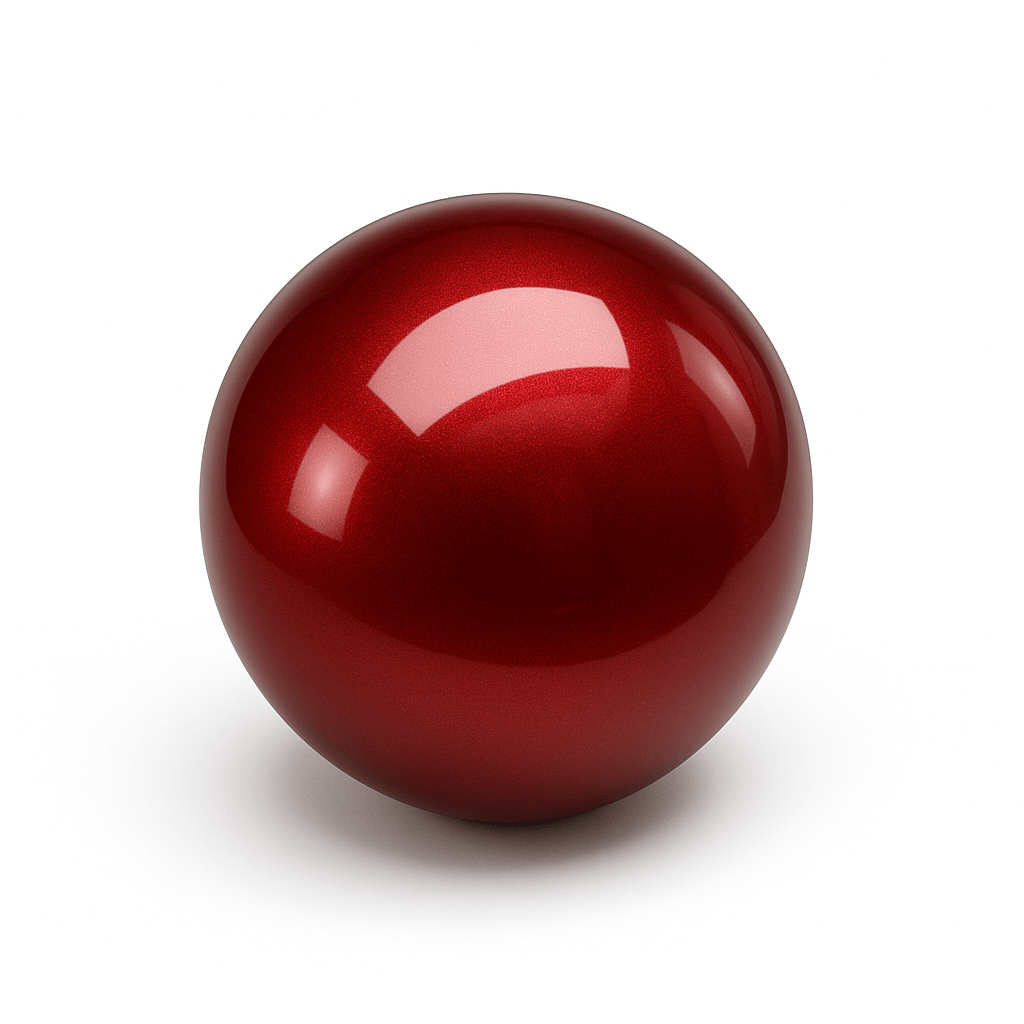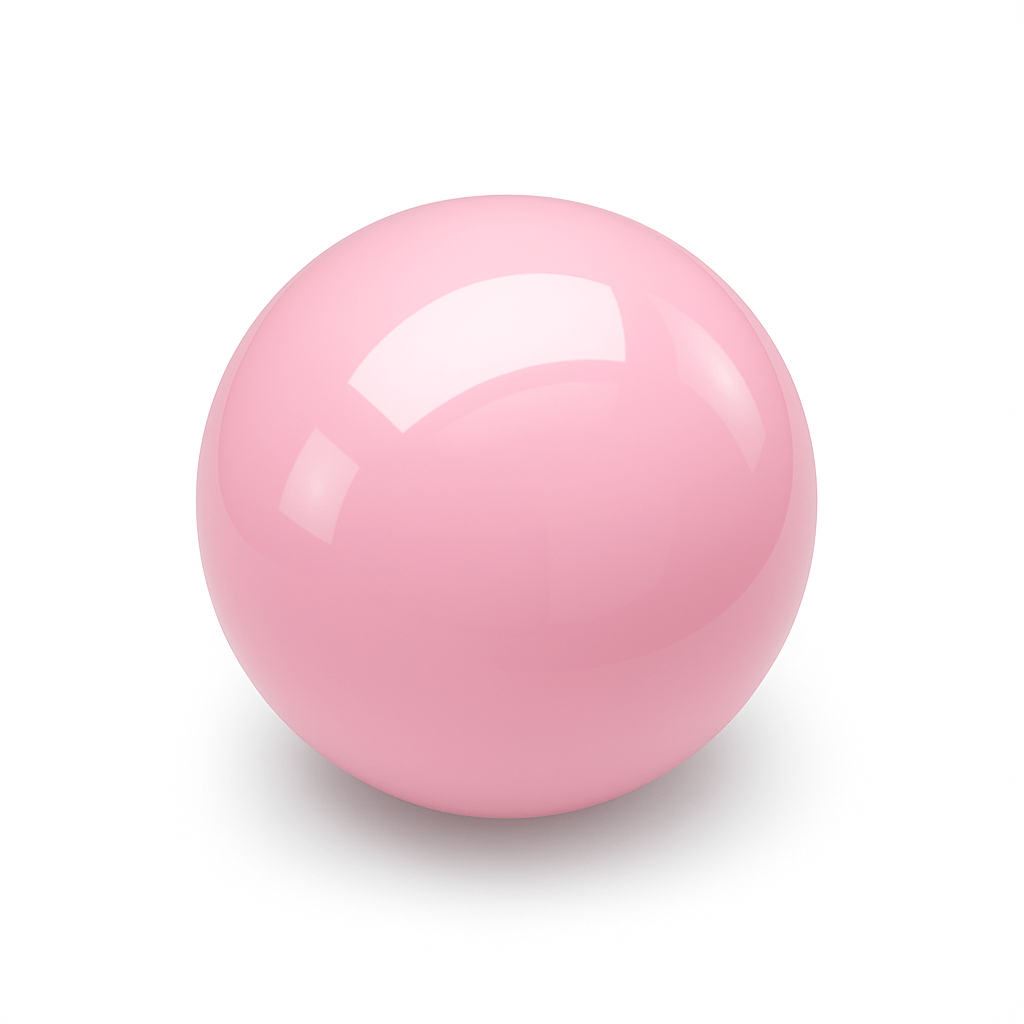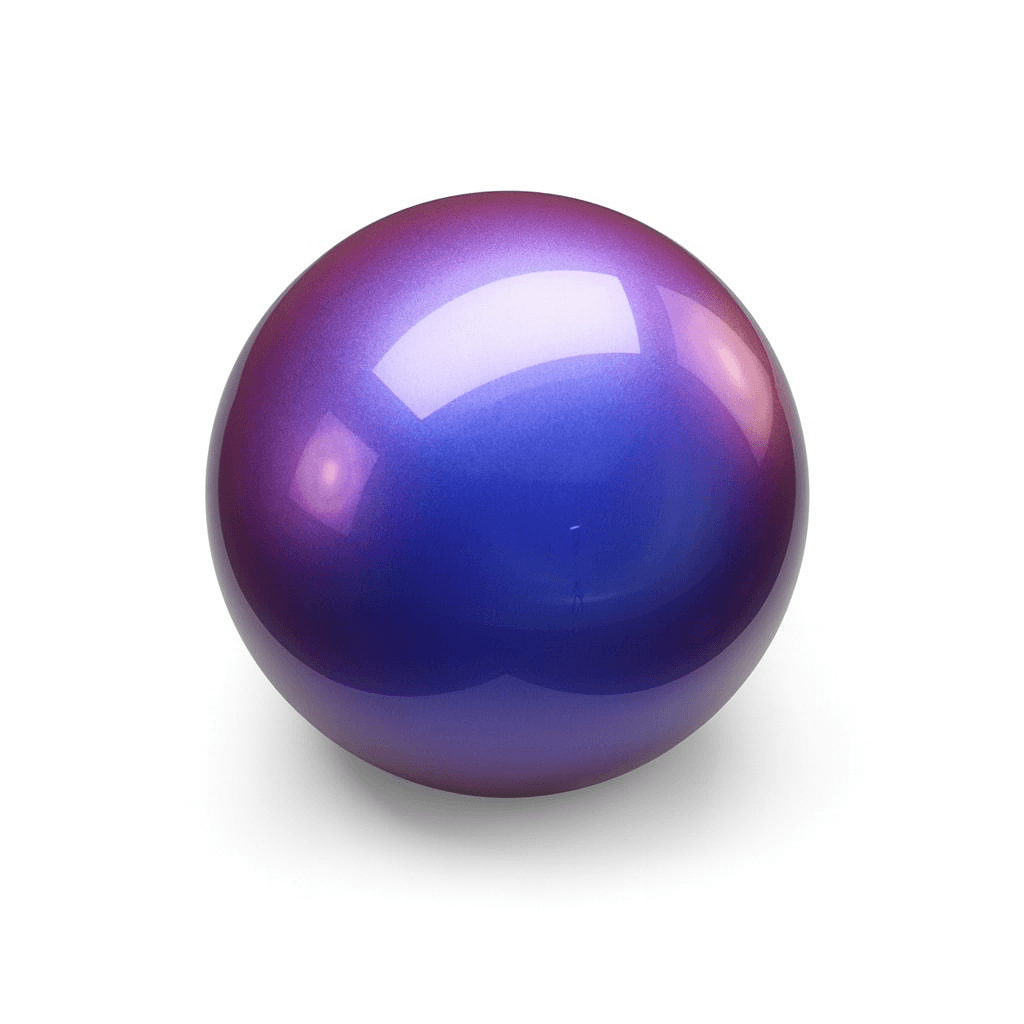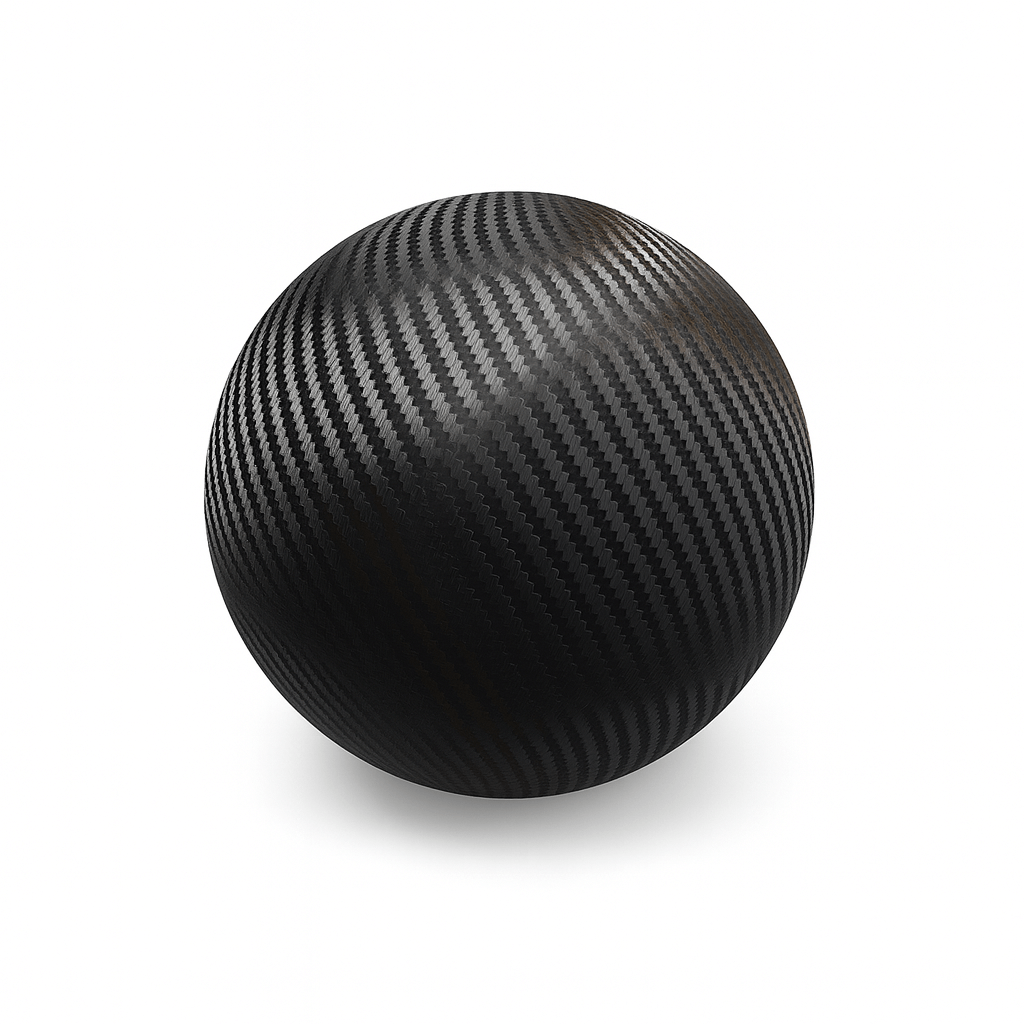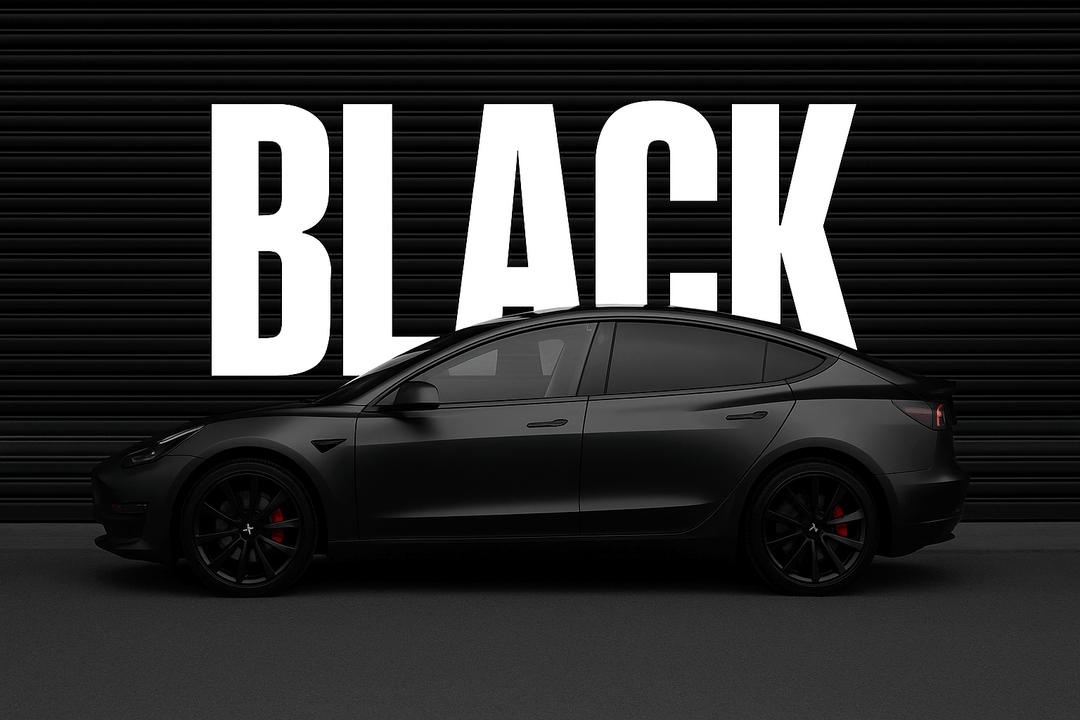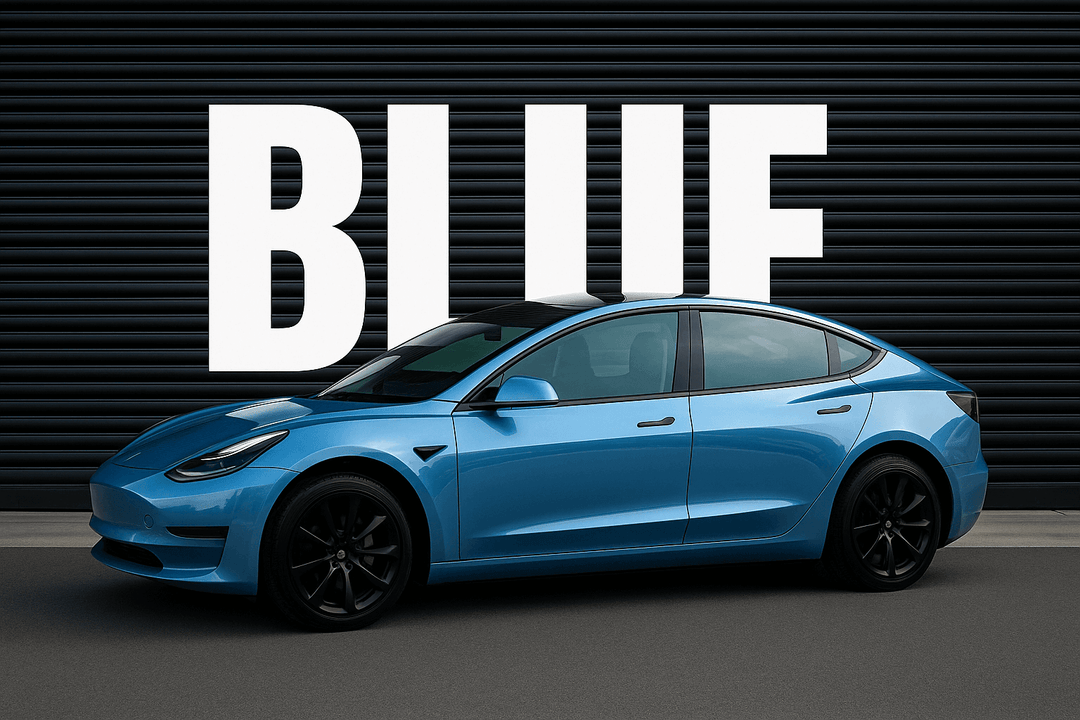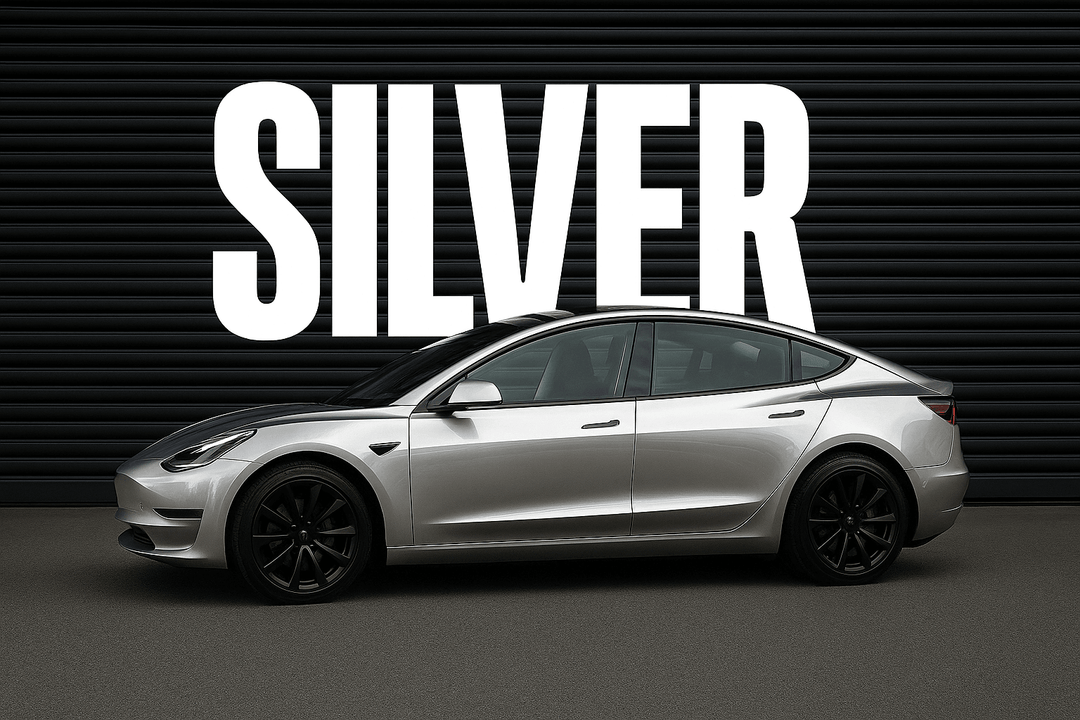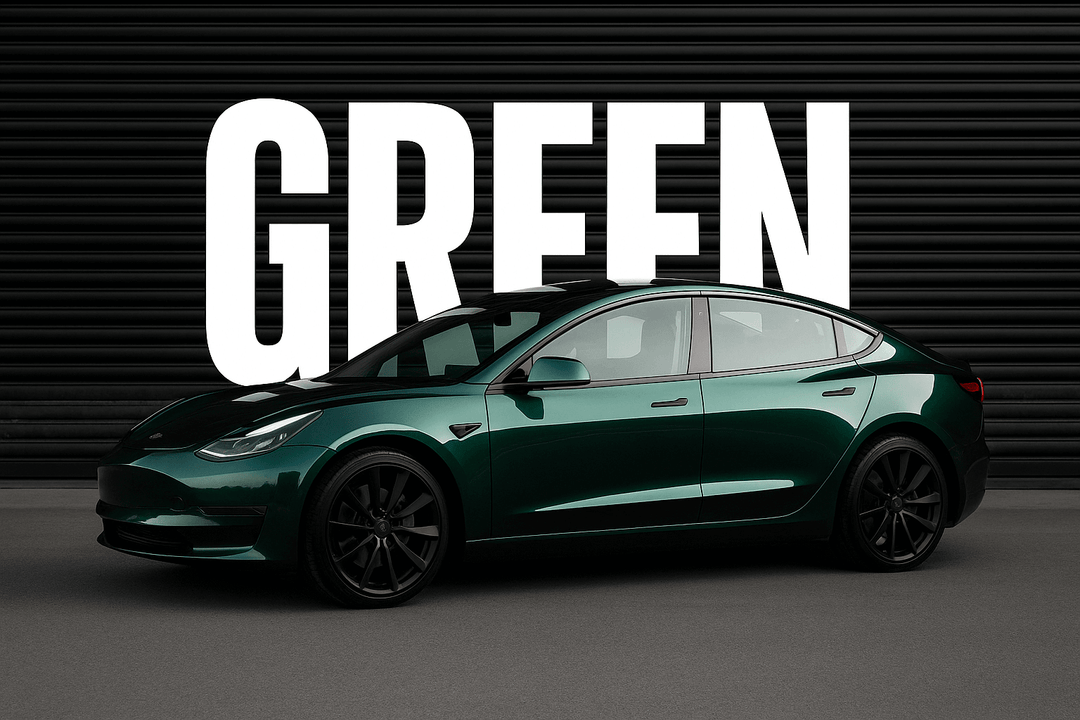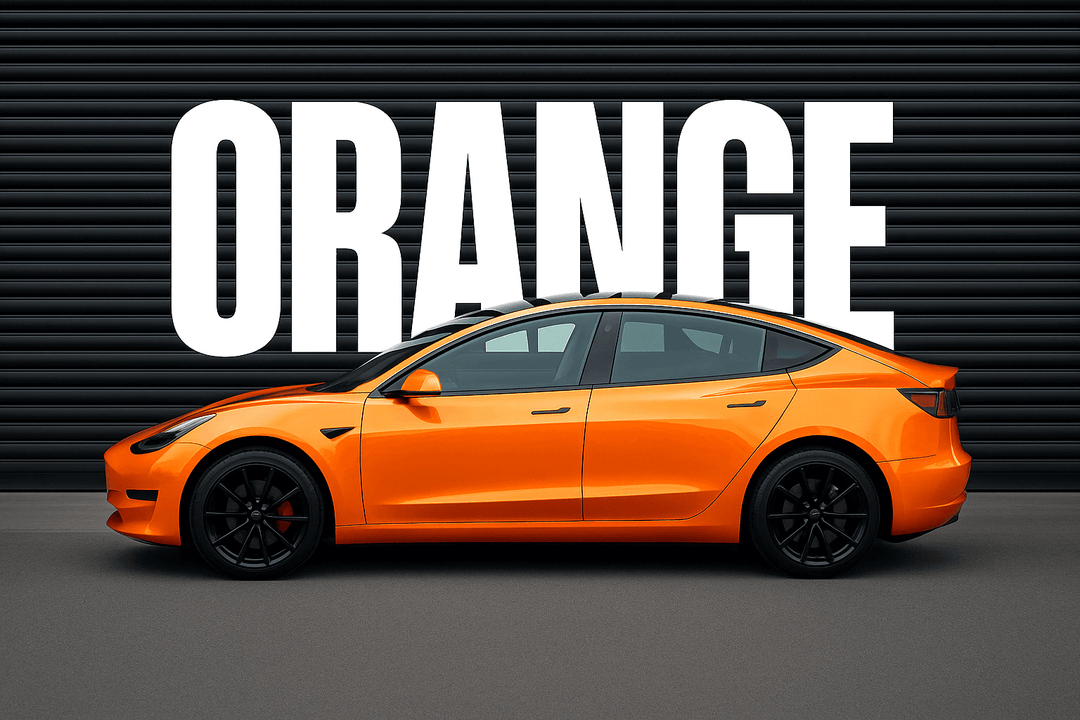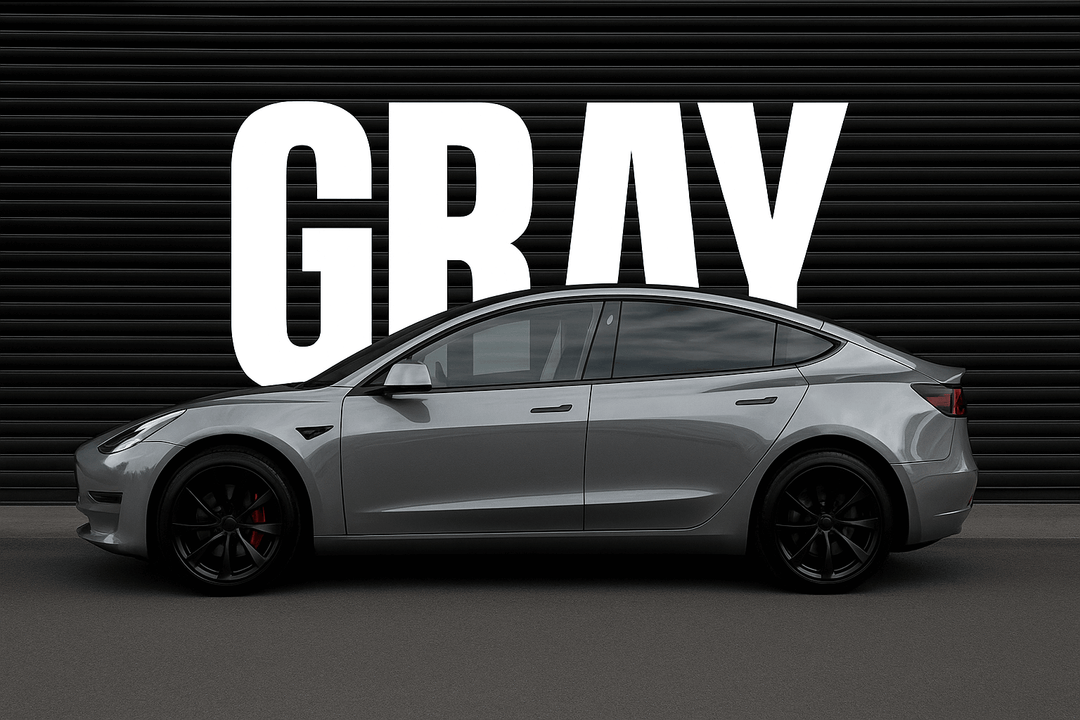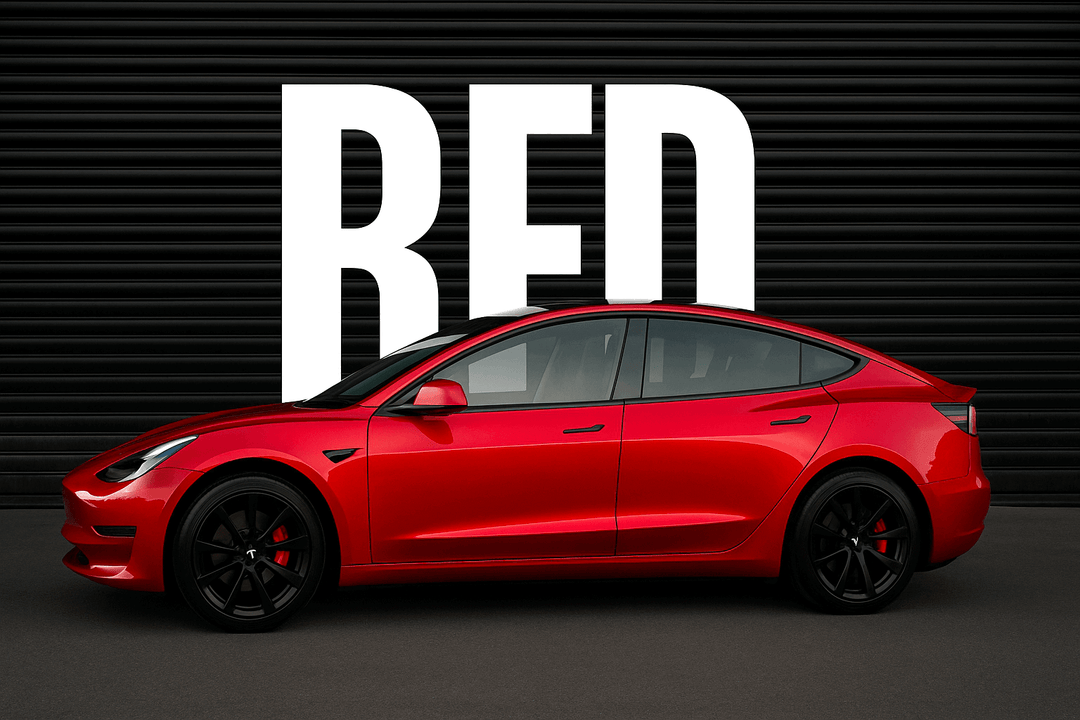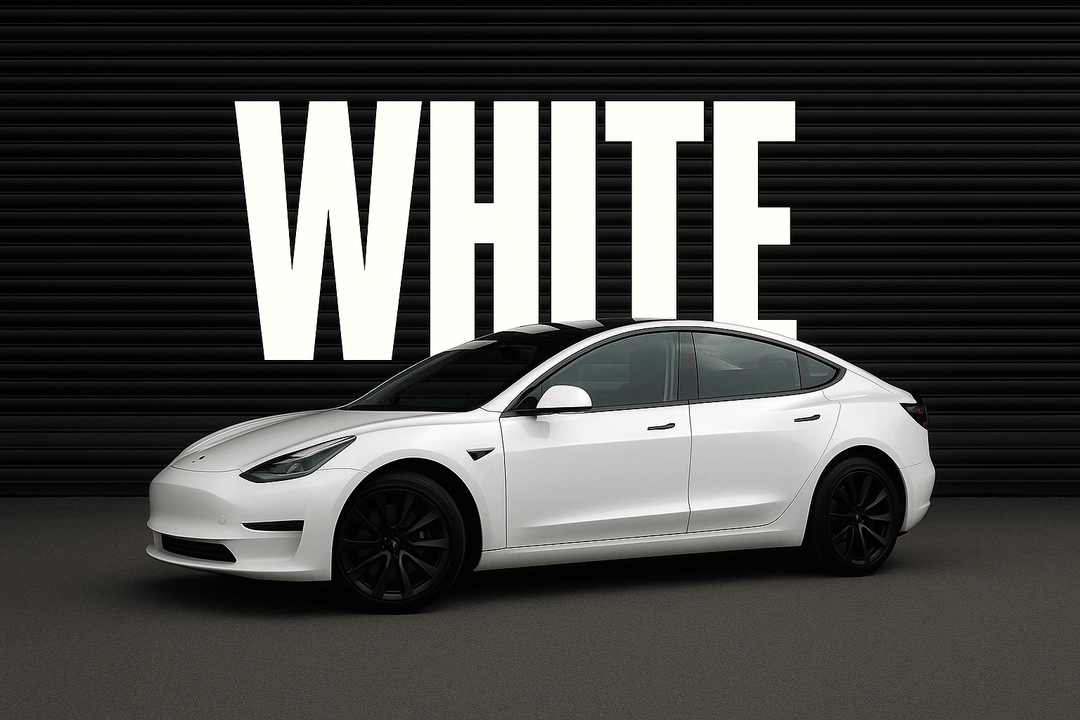How Long Does Vinyl Car Wrap Last
How Long Does a Car Wrap or PPF Last?
A high-quality vinyl car wrap typically lasts 3 to 7 years, while paint protection film (PPF) usually lasts 7 to 10 years when professionally installed and properly maintained. Gloss and satin vinyl wraps tend to last the longest, whereas chrome, fluorescent, and printed wraps have shorter lifespans due to material sensitivity and UV exposure.
- Gloss & satin vinyl wraps: 5–7 years
- Matte vinyl wraps: 4–6 years
- Carbon fiber & metallic vinyl: 3–5 years
- Chrome vinyl wraps: 1–3 years
- Fluorescent & printed vinyl: 1–2 years
- Clear PPF: 7–10 years
- Color PPF: 7–10 years
It’s one of the most common questions car owners ask before wrapping their vehicle. How long will a car wrap last? Does it need to be replaced every year, or can it last the distance?
Vinyl wraps have become a go-to solution for transforming a car’s appearance without the cost or permanence of a new paint job. They let you change your style, protect your paint, and even advertise your brand. But just like anything exposed to the elements, a wrap will not last forever.
The good news is that high-quality wraps can stay in great shape for years if you know what factors affect their lifespan and how to care for them properly.
In this guide, we will walk you through how long a car wrap typically lasts, what influences its durability, and what you can do to keep it looking fresh for as long as possible. Whether you're new to wrapping or thinking about re-wrapping your ride, you will find clear answers and helpful tips right here.

Average Lifespan of a Car Wrap
If you are asking how long a car wrap lasts, here is the short answer. The lifespan depends on the type of vinyl you choose and how well you maintain it. On average, a high-quality wrap can last between three to seven years, but some finishes last longer than others.
Gloss, Satin, and Matte Wraps
Gloss wraps are known for their durability and easy maintenance. They resist fading and usually last five to seven years when properly cared for. Satin wraps offer a smooth, subtle shine and fall into a similar range, lasting around five to seven years.
Matte wraps give your car a sleek and understated look, but can be more sensitive to wear. These typically last four to six years, depending on how often the car is washed and whether it is stored outdoors or under cover.
Chrome, Fluorescent, and Printed Wraps
These bold and vibrant finishes do not last as long. Chrome wraps start to lose their mirror-like appearance after one to two years, especially if frequently exposed to sunlight. Fluorescent wraps fade even faster and often need replacing within a year. In harsh sun, the color can begin fading in as little as three months.
Printed wraps, which often display logos or full graphics, usually last one to two years before signs of wear begin to appear. These are commonly used for promotional or temporary branding.
Carbon Fiber and Metallic Wraps
Carbon fiber textured wraps and metallic finishes typically offer a lifespan between three and five years. They bring unique visual depth and texture, but require regular upkeep to maintain their appearance.
Here is a summary of the average lifespan by wrap type:
|
Wrap Type |
Average Lifespan |
|
Gloss or Satin |
Five to seven years |
|
Matte Finish |
Four to six years |
|
Chrome or Fluorescent |
One to three years |
|
Carbon Fiber Texture |
Three to five years |
|
Printed Wrap |
One to two years |
What Affects the Lifespan of a Car Wrap?
To be honest, the actual lifespan of a vehicle wrap depends on several factors:
-
Quality of Vinyl Used
-
Installation Quality
-
Sun Exposure
-
Climate Environmental
-
Wrap Maintenance
-
Car Washing
-
Driving Habits
Quality of Vinyl Used
The longevity of any car wrap starts with one core factor—the quality of the vinyl itself. This is the foundation that determines how well the wrap will hold up over time, especially in different weather conditions and driving environments.
If you choose a low-quality wrap, you might save money upfront, but it often comes at a cost later. These materials are more likely to peel, crack, or fade within just a couple of years. They also tend to struggle when applied to complex curves or contours, which can lead to air pockets or poor adhesion.
On the other hand, high-quality vinyl like cast or calendered TPU is designed for long-term use. These materials are flexible, durable, and formulated to resist UV exposure, heat, and environmental wear. Premium brands such as 3M, Avery Dennison, and YesWrap’s advanced TPU film are built to perform. They conform easily to vehicle surfaces, stay in place, and keep their color longer.
If you want your car wrap to look great and last several years, investing in the right material from the start is essential. Quality vinyl not only enhances appearance but also reduces the chance of early replacement or costly repairs.
Installation Quality
Even the best vinyl in the world cannot perform well if it is applied poorly. The quality of installation plays a major role in how long your car wrap will last. A properly installed wrap not only looks better but also stays intact for years without lifting, peeling, or cracking.
Professional installers know how to prep a vehicle correctly. That includes cleaning the surface thoroughly, removing contaminants, and ensuring the area is free of dust, wax, or grease. When these steps are skipped or rushed, it leads to problems like air bubbles, wrinkles, or loose edges—issues that can shorten the lifespan of the wrap significantly.
An experienced installer also understands how to stretch and position the vinyl to fit the contours of the vehicle without overworking the material. This helps prevent rips, distortion, or premature wear. When applied with skill and care, the wrap bonds securely and maintains its appearance even under harsh driving conditions.
If you want your wrap to look seamless and last as long as possible, choosing the right installer matters just as much as the material. Look for professionals with a strong track record, proper tools, and clear examples of past work. Quality installation is one of the best ways to protect your investment and enjoy the full lifespan of your car wrap.
Environmental Exposure
Where you live and how you store your vehicle can have a major impact on how long your wrap lasts. Environmental conditions like sunlight, snow, humidity, road salt, and grime all play a role in wearing down vinyl over time.

Constant exposure to UV rays is one of the biggest threats to wrap longevity. Prolonged sunlight breaks down the chemical structure of vinyl, leading to discoloration, brittleness, and fading. This is especially true in areas with intense year-round sun, such as Florida, Texas, and Arizona. Parking your car in the shade or using a cover can go a long way in preserving the wrap’s appearance.
In cold climate regions such as Michigan, Minnesota, and upstate New York, low temperatures can cause vinyl car films to become brittle.. Ice and snow can lead to cracking, especially if the vinyl has been stretched too tightly during installation. Road salt used in winter can also eat away at the edges of the wrap, causing it to lift or peel if not cleaned off regularly.
Even high humidity and rain can accelerate wear, especially if water gets trapped under the edges of the vinyl. While quality wraps are designed to resist the weather, they still benefit from being stored in a controlled environment when possible.
To get the most out of your wrap, be mindful of the weather. A simple routine like rinsing off salt in winter or parking indoors during hot summer months can help extend the life and quality of your car wrap significantly.
Maintenance Routine
If you want your car wrap to look great and last as long as possible, regular maintenance is key. Like paint, vinyl needs care to stay clean, vibrant, and protected from everyday wear.
Start with hand washing. It is the safest and most effective way to remove dust, dirt, and road grime without damaging the surface. Use a soft cloth or sponge along with a wrap-safe, pH-balanced car wash solution. Avoid using automatic car washes, especially ones with spinning brushes, as they can scratch or lift the edges of the vinyl.
Drying matters too. Use a clean microfiber towel to gently remove water after washing. Letting water spots bake in the sun can leave behind marks that are hard to remove later.
Skip the harsh chemicals. Strong solvents, waxes, or abrasive tools may dull the finish or weaken the adhesive. Stick with gentle cleaners made specifically for vinyl and avoid pressure washers unless you know how to use them safely.
With just a little attention and the right products, you can keep your car wrap looking sharp for years. Clean regularly, treat it gently, and your wrap will continue to turn heads long after installation.

Driving Habits
How and where you drive your car play a big role in how long your wrap lasts. A vehicle that’s used daily for highway driving or off-roading is naturally exposed to more elements that can wear down the vinyl over time.
High-speed driving kicks up road debris, dust, and small stones that can chip or scratch the surface of the wrap. Frequent exposure to exhaust fumes, bugs, and tar also puts extra stress on the finish, especially around the front bumper, hood, and side mirrors.
If you take your vehicle off-road often, expect even more exposure to gravel, mud, and tree branches. While quality vinyl can handle light wear, aggressive use in rugged terrain will likely shorten its lifespan compared to a city cruiser or weekend car.
To reduce the impact of daily driving, consider adding paint protection film on high-wear areas or applying a vinyl-safe sealant. Washing the vehicle often, especially after long trips or rough terrain, will also help remove particles that could break down the surface over time.
Driving style does not have to limit your wrap. With the right precautions, you can still enjoy a bold look and a durable finish for years.
Signs Your Car Wrap is Wearing Out
Even the best vinyl wraps have a lifespan. Over time, wear and exposure will start to show. Knowing what to look for can help you decide when it’s time to refresh or replace your wrap before it affects your vehicle’s appearance or protection. Catching these signs early can help you plan for removal or re-wrapping before the damage spreads.
Fading or Discoloration
If your wrap no longer looks as vibrant as it once did, it may be fading from prolonged sun exposure. Bright colors tend to fade faster, especially without UV protection or regular maintenance.
Peeling Edges
When the wrap begins to lift around the edges, it is a clear sign that the adhesive is weakening. This often starts near door handles, mirrors, or seams where the vinyl sees more movement or moisture.
Cracking or Bubbling
Cracks in the vinyl or bubbles under the surface usually mean the material has dried out or the surface was not prepped correctly during installation. This can allow water and dirt to get underneath, accelerating the damage.
Loss of Gloss or Texture
If a once-glossy wrap looks dull or if a matte finish feels uneven, the surface may be breaking down. Loss of texture can be caused by age, weather, or improper cleaning methods.
Catching these signs early can help you plan for removal or re-wrapping before the damage spreads. A well-maintained wrap holds its value and keeps your vehicle looking its best throughout its lifespan.
When Should You Replace a Car Wrap?
Even the best-maintained vinyl wrap will eventually reach the end of its lifespan. Knowing when to replace it helps keep your vehicle looking sharp and protects the original paint underneath. Here are the signs to watch for.
Visible Fading or Discoloration
If your wrap starts to lose its color or looks noticeably faded, it might be time for a refresh. Constant sun exposure, pollution, and harsh weather can break down the pigments, especially in brighter colors. What was once a bold finish may now appear dull or uneven.
Cracking, Bubbling, or Peeling
Peeling edges, surface bubbles, or visible cracks are all signs the adhesive or vinyl is beginning to fail. This often starts around trim pieces, door handles, or sharp curves. Left unchecked, these areas can trap moisture or dirt, leading to more damage.
Wrinkles or Separation
If the wrap is starting to wrinkle or lift in certain areas, it could be due to aging material or heat exposure. It may also be a sign that the vinyl has shrunk over time, which is a normal part of the wear process.
Accident Damage
If your vehicle has been scratched or hit, the damaged section of the wrap may not be salvageable. While small areas can sometimes be repaired, extensive damage usually means replacing the full panel or wrap to maintain a clean, consistent finish.
Time-Based Replacement
For most consumer vehicles, wraps last between three to five years before signs of aging appear. If your wrap has been on for that long, it may be a good time to evaluate its condition and consider updating the look.
How Can You Prolong Your Vehicle Wrap’s Lifespan?
If you want your car wrap to last, a little extra care can go a long way. While wraps are built for durability, your maintenance habits and environment will make the biggest difference in how long that fresh, vibrant look holds up. Here are a few simple but important steps you can take.

Park in the Shade When Possible
One of the fastest ways to fade your wrap is by leaving it in the sun every day. Constant UV exposure can cause colors to dull and vinyl to age faster. While high-grade material offers UV protection, parking in a garage or shaded area gives your wrap the best chance at a long life.
Stick to Gentle Cleaning Products
Vinyl wrap requires a softer touch than factory paint. Avoid strong solvents, harsh chemicals, or abrasive scrubbing tools. Always use a vinyl-safe car wash soap and a microfiber cloth. This helps preserve the finish and prevents any damage to the surface or adhesive underneath.
Hand Wash Your Vehicle Regularly
For best results, wash your wrapped car by hand every couple of weeks. Dirt, oil, and road grime tend to build up on the lower panels, especially if you drive in urban or industrial areas. Left untreated, that buildup can cause fading or staining over time. A gentle hand wash removes debris and helps your wrap look its best for longer.

Skip the drive-through car wash. The high-pressure water and spinning brushes can lift the edges or scratch the surface, especially on matte and textured wraps.
Choose Professional Installation
A high-quality vinyl wrap deserves a high-quality install. Professional installers know how to clean, prep, and apply the wrap using the right tools and techniques. They minimize stretching, avoid air bubbles, and seal edges correctly—all of which help your wrap stay in place and look smooth for years to come.
While DIY might save money upfront, poor installation can lead to early peeling, uneven seams, or trapped dirt. If you want the wrap to last, trust an experienced technician to do the job right the first time.
Final Words
So, how long does a car wrap last? For most drivers, the answer is five to seven years—but only if you start with the right material and take care of it properly. Things like climate, driving habits, and maintenance all play a part, and no two situations are exactly the same.
That is why choosing quality matters from the start. A high-grade wrap from a trusted source like YesWrap gives you better durability, stronger UV resistance, and a cleaner finish that stands the test of time.
If you live in an area with intense sun, heavy rain, or winter road salt, your wrap will face more wear. But with a little attention and care, you can protect your investment and keep your car looking its best year after year.
Looking to upgrade your vehicle’s style while protecting its original paint? Explore premium-grade vinyl wraps at YesWrap and find a finish that fits your vision.
FAQs
Does vinyl wrap damage the paint underneath?
No, when installed and removed properly, wraps protect the paint.
Can a car wrap be removed after several years?
Yes, but the longer it stays on, the more difficult its removal may become.
Is it worth re-wrapping after 5 years?
Yes, especially if you want a fresh look or better protection.



